Finding plants that flourish with minimal care is crucial for gardeners with busy schedules.
This article explores 12 flowering perennials that require little attention while adding beauty and color to any garden. These hardy plants can make gardening enjoyable for those with limited time for maintenance.
Choosing the right perennials can enhance the landscape without overwhelming the gardener. By selecting resilient varieties, they can create a vibrant garden that flourishes under various conditions.
These plants survive neglect and often thrive in it, making them perfect for anyone looking to simplify their gardening routine.
1) Purple Coneflower
Purple Coneflower, or Echinacea purpurea, is a popular perennial known for its striking beauty.
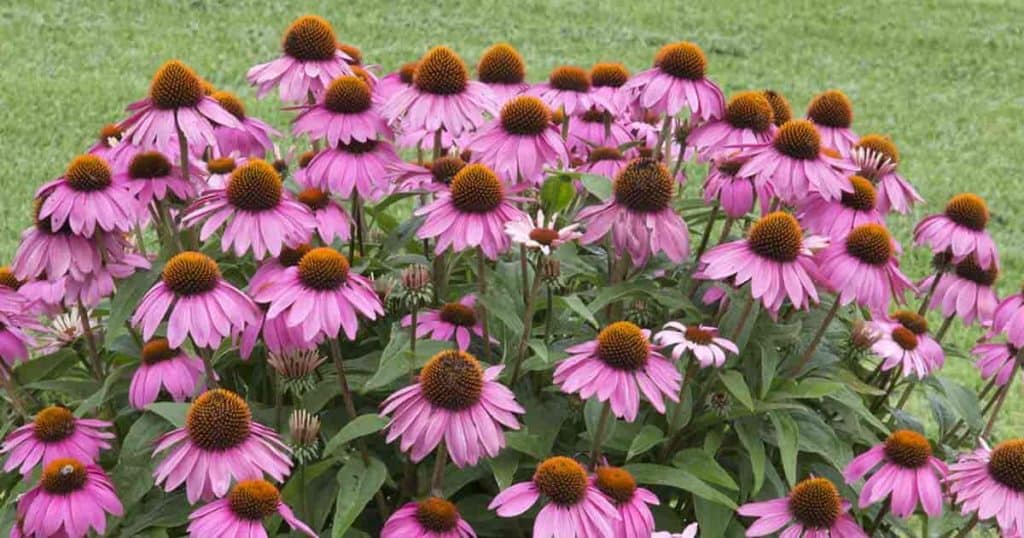

It typically grows 24 to 36 inches tall and produces large, cone-shaped flowers that attract pollinators.
This plant thrives in well-drained soil and full sunlight. It prefers neutral to slightly acidic conditions and is tolerant of drought.
This makes it a low-maintenance choice for gardens.
Growing Purple Coneflower from seed is simple. They should be planted in spring, about 1/8 to 1/4 inch deep.
Water regularly until they are established, then reduce watering.
These flowers not only add color but also support local wildlife. They attract bees and butterflies, enhancing the garden’s ecosystem.
With their resilience and beauty, Purple Coneflowers are an excellent addition to any landscape.
2) Daylily
Daylilies are popular perennials known for their beauty and resilience.
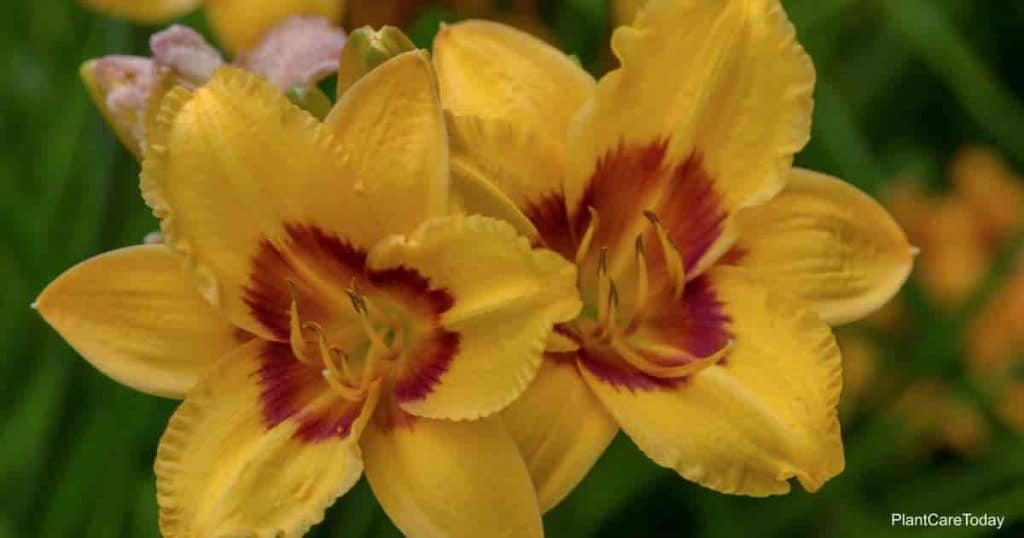

They grow well in full sun and require little maintenance. Each plant produces many blooms, but each flower lasts only one day.
These plants can tolerate neglect and are ideal for busy gardeners. They thrive with minimal care and make colorful additions to any garden.
Daylilies come in various colors, offering options for different landscapes.
They can adapt to different soil types, but well-drained soil is preferred. When planted correctly, they form clumps that can last for years.
Daylilies are also edible, adding an interesting feature to any garden.
With their ability to bloom abundantly, they bring joy to any yard. This plant is an excellent choice for those who want a vibrant garden without too much effort.
3) Black-Eyed Susan
Black-Eyed Susan is a popular perennial known for its bright, golden-yellow petals and dark brown centers.
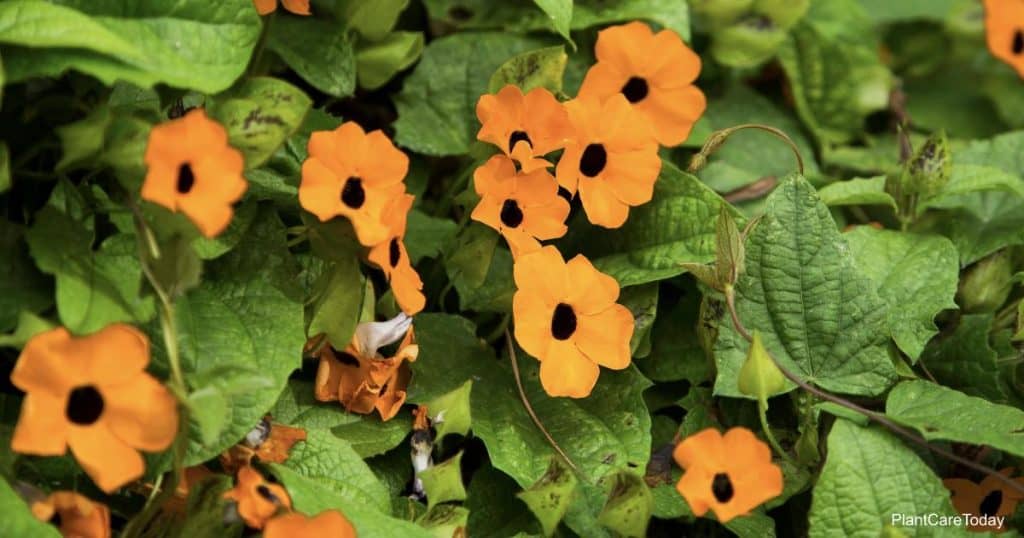

It thrives in full sun and adapts well to various soil types, making it a versatile choice for many gardens.
Once established, this plant is low-maintenance and can tolerate periods of neglect. Black-Eyed Susans are generally pest-resistant, reducing the need for chemical interventions.
They bloom profusely from summer to fall, brightening any garden space with color and life.
In addition to their beauty, they attract pollinators like bees and butterflies, supporting a healthy ecosystem.
Black-eyed Susans can grow in USDA Hardiness Zones 3-9, making them a reliable choice for gardeners seeking vibrant, easy-to-care-for plants.
4) Sedum ‘Autumn Joy’
Sedum ‘Autumn Joy’ is a popular perennial known for its hardiness and low maintenance.
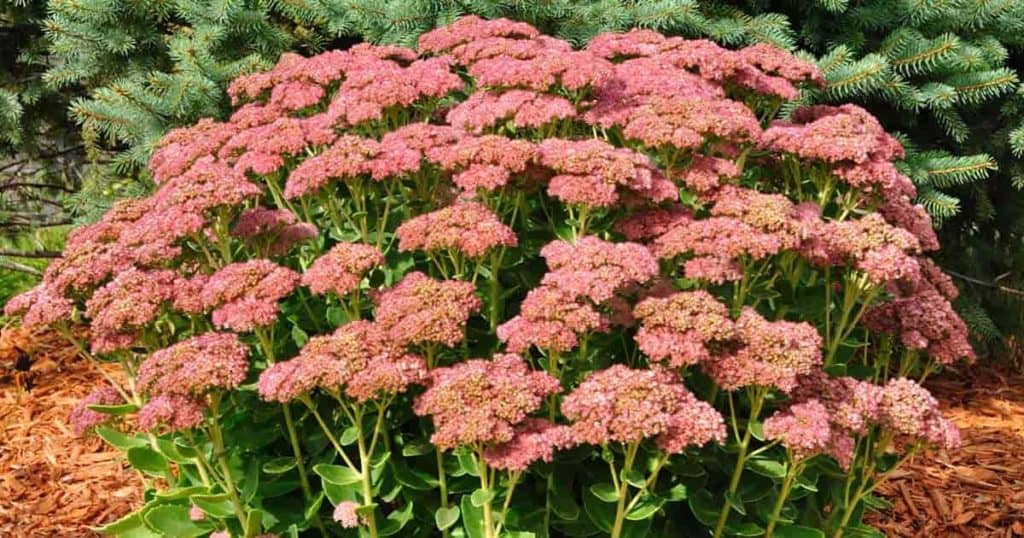

It thrives in full sunlight and well-draining soil. It typically grows to a height of 1 to 2 feet and features thick, fleshy leaves.
The plant produces clusters of star-shaped flowers that start pink in early fall and turn a rich bronze as they mature.
Gardeners appreciate Sedum’ Autumn Joy’ for its drought tolerance. Once established, it requires minimal watering, which makes it suitable for those who may forget to water often.
This sedum can be a focal point in any garden, attracting pollinators like butterflies and bees.
It grows best when spaced about one foot apart for proper air circulation.
For best results, avoid overwatering, as soggy soil can harm the plant. This makes it an excellent choice for anyone looking for reliable and beautiful garden options.
5) Catmint
Catmint is a resilient perennial known for its vibrant blooms. It produces spikes of lavender-blue flowers that attract bees and butterflies, making it a great addition to any garden.


This plant thrives in full sun and prefers well-drained soil. It can tolerate periods of neglect, which makes it perfect for busy gardeners.
Catmint grows well in various conditions and is low maintenance once established.
It can bloom from late spring to early fall, providing a long season of color.
The aromatic gray-green foliage adds texture to the garden. Gardeners appreciate its ability to flourish with minimal care.
6) Russian Sage
Russian Sage, known for its striking silvery foliage and purple blooms, is a resilient perennial that thrives in hot, dry conditions and prefers well-draining soil.
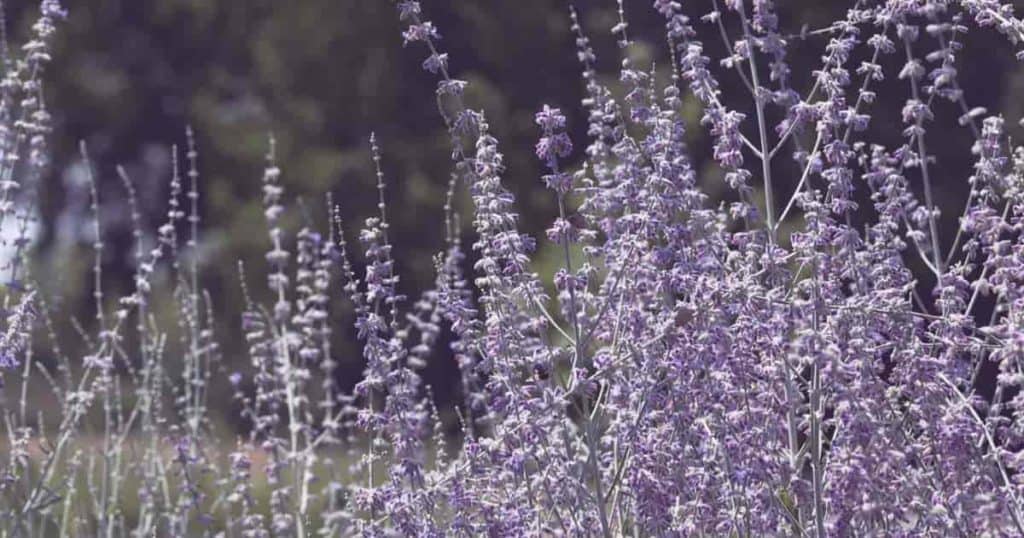

This plant requires full sun for at least 6-8 hours daily. It can also tolerate drought, making it ideal for low-maintenance gardens.
Russian Sage grows best in USDA zones 5-9 but can survive in cooler zones with proper care. It typically reaches heights of 2-4 feet.
It also attracts pollinators like bees and butterflies, enhancing garden biodiversity.
Pruning in early spring promotes new growth and maintains its shape.
With its ability to thrive with minimal care, Russian Sage is perfect for gardeners seeking a beautiful, hassle-free addition to their landscape.
7) Threadleaf Coreopsis
Threadleaf Coreopsis is a popular perennial known for its bright golden-yellow flowers, which bloom from mid-summer to early fall and add vibrant color to any garden.


This plant thrives in well-drained soil and full sun. Once established, it is drought-tolerant, making it an excellent choice for gardeners who prefer low-maintenance plants.
Besides its beauty, Threadleaf Coreopsis attracts pollinators like bees and butterflies.
Gardeners appreciate the ease of care that Threadleaf Coreopsis offers. Regular deadheading can encourage even more blooms throughout the season.
It is a resilient plant suited for a variety of garden styles.
For more details about growing Threadleaf Coreopsis, visit Gardenia.
8) Hellebore
Hellebores are hardy perennials that thrive with little attention.
They typically grow between 12 and 24 inches tall. These plants can spread through self-seeding, making them great for naturalizing a garden.
These plants bloom from late winter through early spring, boasting attractive flowers in shades of pink, white, purple, and burgundy. Resembling roses, the flowers can last for months.
Hellebores prefer partial to full shade and well-draining soil. They are adaptable and can survive both hot summers and cold winters.
With thick, glossy leaves, these plants provide year-round interest. They are low-maintenance and only require occasional watering, making them ideal for gardeners who want beauty without a lot of work.
9) Bee Balm
Bee Balm is a resilient perennial that attracts bees and butterflies.
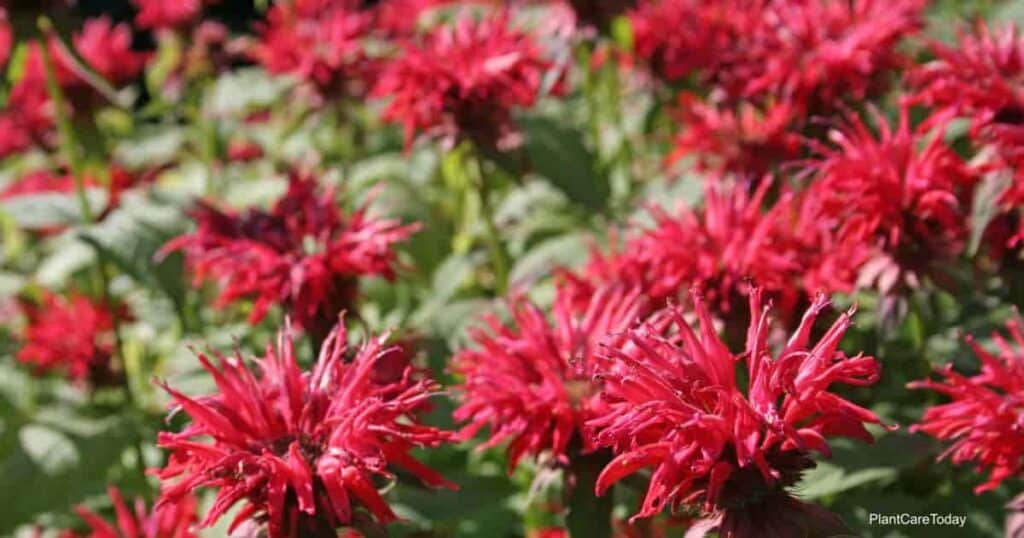

It thrives in rich, well-drained soil and needs plenty of sunshine. While it can tolerate partial shade, it struggles in areas with more shade than the sun.
To avoid common issues like powdery mildew, growing Bee Balm in areas with good airflow is beneficial.
It prefers slightly acidic soil with a pH between 6 and 7. For gardeners with poor drainage, raised beds or containers are good options to ensure proper growth.
Bee Balm is known for its bright, colorful blooms that can add vibrancy to any garden.
With minimal care, this plant will reward gardeners with a long blooming period from summer to fall.
10) Yarrow
Yarrow is a resilient perennial that thrives with little care. It features feathery foliage and produces clusters of small flowers in colors like white, pink, and yellow.
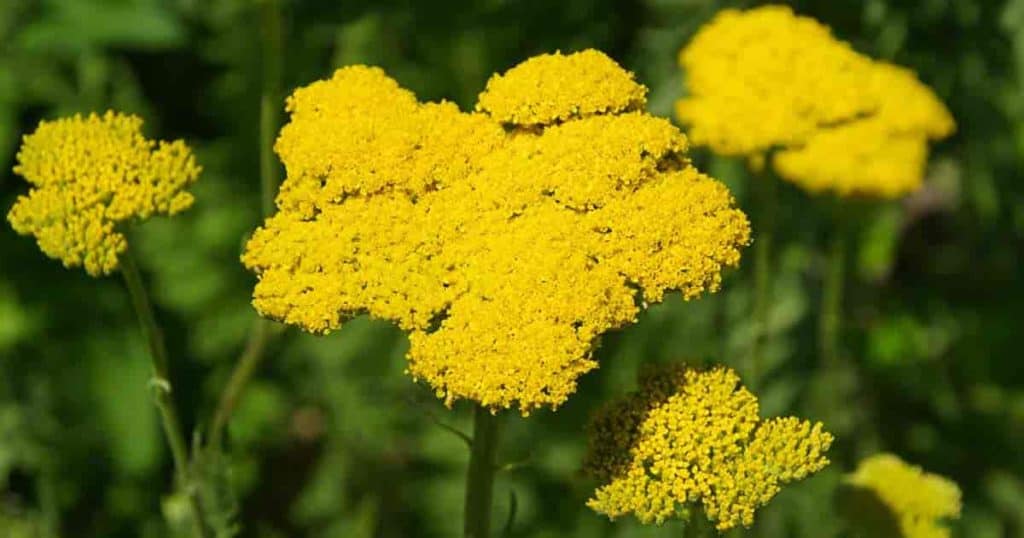

This plant flourishes in poor soil and requires minimal watering once it has established itself, making it an excellent choice for busy gardeners or beginners.
It blooms from early summer to fall and attracts pollinators such as bees and butterflies.
Planting yarrows in full sun and well-drained soil will encourage healthy growth.
Yarrow can also tolerate drought, making it suitable for various climates. It is a tough plant that adds beauty to any garden with its vibrant blooms.
11) Blanket Flower
Blanket flower, also known as Gaillardia, is an attractive perennial that flourishes in sunny gardens.


It features vibrant blooms in shades of red, yellow, and orange, creating a cheerful display throughout the summer.
Renowned for its resilience, blanket flowers can endure poor soil and drought conditions, making them perfect for low-maintenance gardens. Even when neglected, blanket flowers can thrive with minimal care.
They attract pollinators like butterflies and bees, making them a great choice for wildlife-friendly gardens.
To ensure optimal growth, it’s best to plant them in well-drained soil and full sun.
With their long blooming season and ease of care, blanket flowers are a great option for any gardener looking for colorful, low-maintenance plants.
12) Butterfly Weed
Butterfly weed is a resilient perennial known for attracting butterflies with its bright orange to yellow blooms.
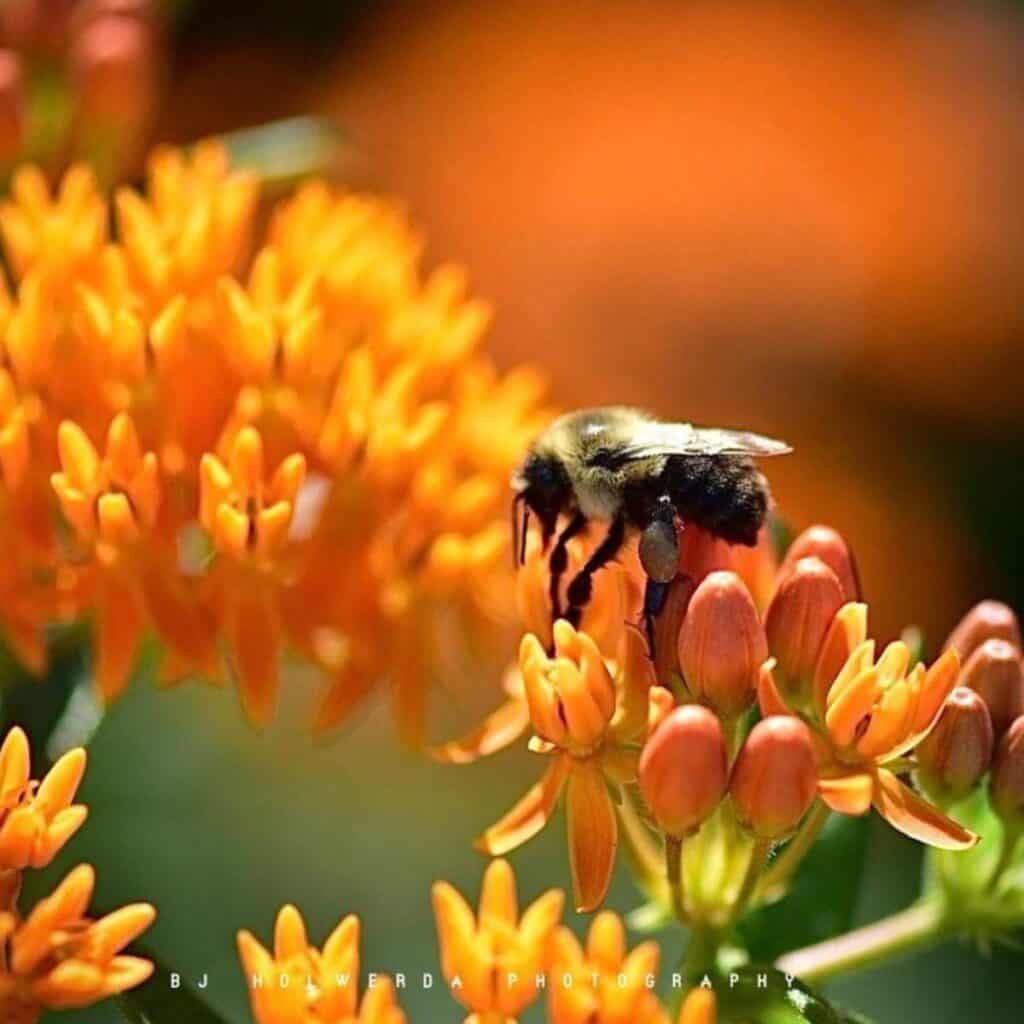

This plant grows about two feet tall and has glossy, lance-shaped leaves.
Butterfly weed thrives in full sun and well-drained soil, making it a great choice for sunny garden spots. It can handle a range of temperatures, from freezing to hot summers.
This plant is not just beautiful; it also supports local wildlife. Its flowers produce rich nectar, a food source for butterflies and other pollinators.
Gardeners appreciate its low maintenance needs. Once established, butterfly weed requires minimal care, making it perfect for busy garden enthusiasts.
Understanding Perennials
Perennials, unlike annuals, are plants that return year after year, providing gardens with diverse blooms and foliage. This section explains what perennials are and the benefits of growing them.
What Are Perennials?
Perennials are plants that thrive for more than two growing seasons. Unlike annuals, which die off yearly, perennials establish a root system that enables them to survive harsh weather and return in spring.
Common examples include daylilies, coneflowers, and catmint.
Perennials fall into two main categories: herbaceous and woody.
Herbaceous perennials die back to the ground in winter, while woody perennials, like shrubs, maintain their structure.
Many perennials bloom in spring and summer, adding color to gardens. They also come in various sizes and shapes, making them suitable for landscapes.
Benefits of Growing Perennials
Growing perennials in a garden provides numerous advantages.
- Low Maintenance: Once established, many perennials require little care. They can grow well in various soils and often tolerate drought, making them ideal for busy gardeners.
- Cost-Effective: Perennials can save money in the long run. Instead of replanting every year, they return and bloom season after season.
- Attracts Wildlife: Many perennials draw butterflies, bees, and other beneficial insects, promoting a healthy ecosystem.
- Seasonal Interest: Different perennials bloom at distinct times, ensuring gardens are colorful throughout the growing season.
Maintenance Tips for Flowering Perennials
Proper care for flowering perennials includes understanding their watering needs and soil preferences. Gardeners can ensure healthy growth and vibrant blooms by following specific guidelines.
Watering Considerations
Watering is crucial for the success of flowering perennials. Most perennials prefer deep, infrequent watering rather than frequent, shallow watering.
This encourages roots to grow downward, making the plants more resilient.
During the growing season, a general rule is to water once a week, providing about 1 inch of water. This may vary with climate and rainfall. In dry spells, it might be necessary to water more often.
It’s important to water early in the morning or late afternoon to reduce evaporation.
Avoid watering during the hottest part of the day. Additionally, checking the soil moisture level before watering can prevent overwatering.
Soil that feels dry 1-2 inches below the surface is a good indicator for watering.
Soil Requirements
Flowering perennials thrive in well-drained soil. The right soil helps prevent root rot and promotes healthy growth.
A loose, loamy texture allows air and water to reach the roots.
For most perennials, the soil pH should be between 6.0 and 7.0. Testing the soil can help determine if amendments are needed.
Adding organic matter, like compost, enriches the soil and improves drainage.
Gardeners should also consider mulching around perennials.
Mulch helps retain moisture, suppress weeds, and maintain a consistent soil temperature. A layer of 2-3 inches is usually sufficient for effective results.
Frequently Asked Questions
Many gardeners want to know which perennials will thrive with minimal care and what options are available for various growing conditions.
The following questions address low-maintenance flowering plants, resilient species, and varieties that can endure harsh environments.
What low-maintenance perennials bloom throughout the summer?
Perennials like the Purple Coneflower and Black-Eyed Susan bloom all summer long.
Once established, these plants require little attention and provide vibrant colors in the garden, making them excellent choices for busy gardeners.
Which perennials are known for being the most resilient and hard to kill?
Sedum ‘Autumn Joy’ and Daylilies are recognized for their hardiness.
They can withstand drought and poor soil conditions, making them ideal for those who prefer low-maintenance gardening solutions.
What are some perennials that can resist harsh growing conditions?
Certain plants, like Catmint, thrive in tough conditions. They tolerate heat and drought, making them suitable for dry, rocky areas where other plants might struggle to survive.
Can you list evergreen perennials that require minimal care?
While many perennials bloom brightly, evergreen options like certain varieties of Sedum also provide year-round greenery.
They require very little maintenance and keep gardens looking fresh even in the winter.
Which flowering shrubs need little attention and thrive in full sun?
Shrubs like Butterfly Bush and Summer Sweet are perfect for full-sun gardens.
They grow well with minimal attention and attract pollinators, adding both beauty and activity to any outdoor space.
Are there native perennial plants that are both low-maintenance and non-invasive?
Yes, plants such as Wild Geranium and Astilbe are native options that require little upkeep.
They adapt well to local conditions and do not spread uncontrollably, making them great for natural landscaping.




